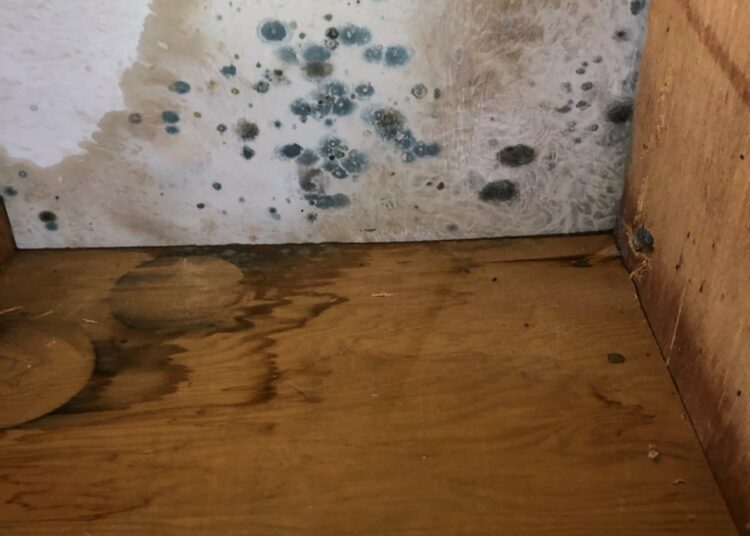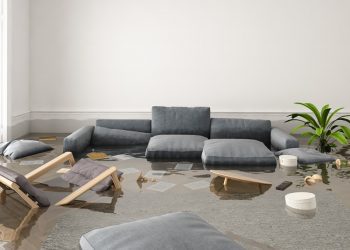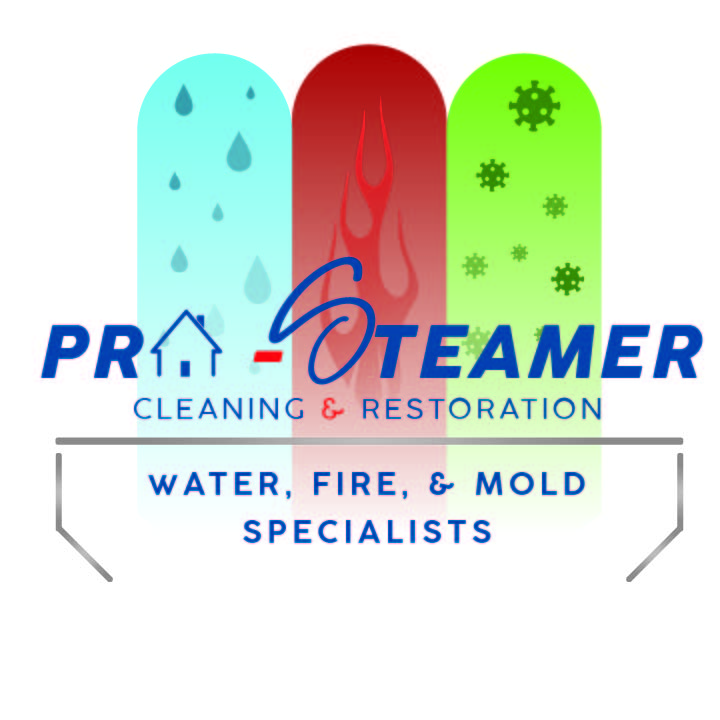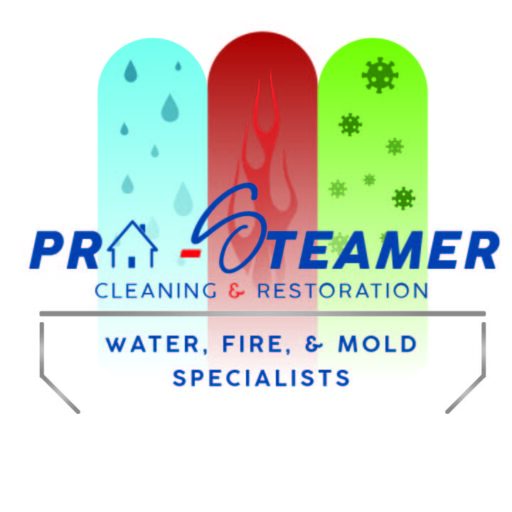
Why Mold Remediation Should Be Part of Your Water Damage Restoration Plan
Comments Off on Why Mold Remediation Should Be Part of Your Water Damage Restoration Plan
24/7 SERVICE
(575) 623-099324/7 SERVICE
(575) 623-0993

Why Mold Remediation Should Be Part of Your Water Damage Restoration Plan Water damage in your home or business is a stressful event that often requires immediate attention to minimize damage and restore your property. While many focus solely on drying out […]

Water Damage vs. Flood Damage: How They Affect Drywall Differently Water intrusion is one of the most damaging and stressful problems a homeowner can face. Whether caused by a minor leak or a major flood, water damage can severely impact your property, […]
Comments Off on Why Mold Remediation Should Be Part of Your Water Damage Restoration Plan
Comments Off on Water Damage vs. Flood Damage: How They Affect Drywall Differently
Comments Off on Hidden Water Damage in Walls: How to Spot It and Why It Matters
Comments Off on Take Action: Mold From Water Leak in Ceiling

